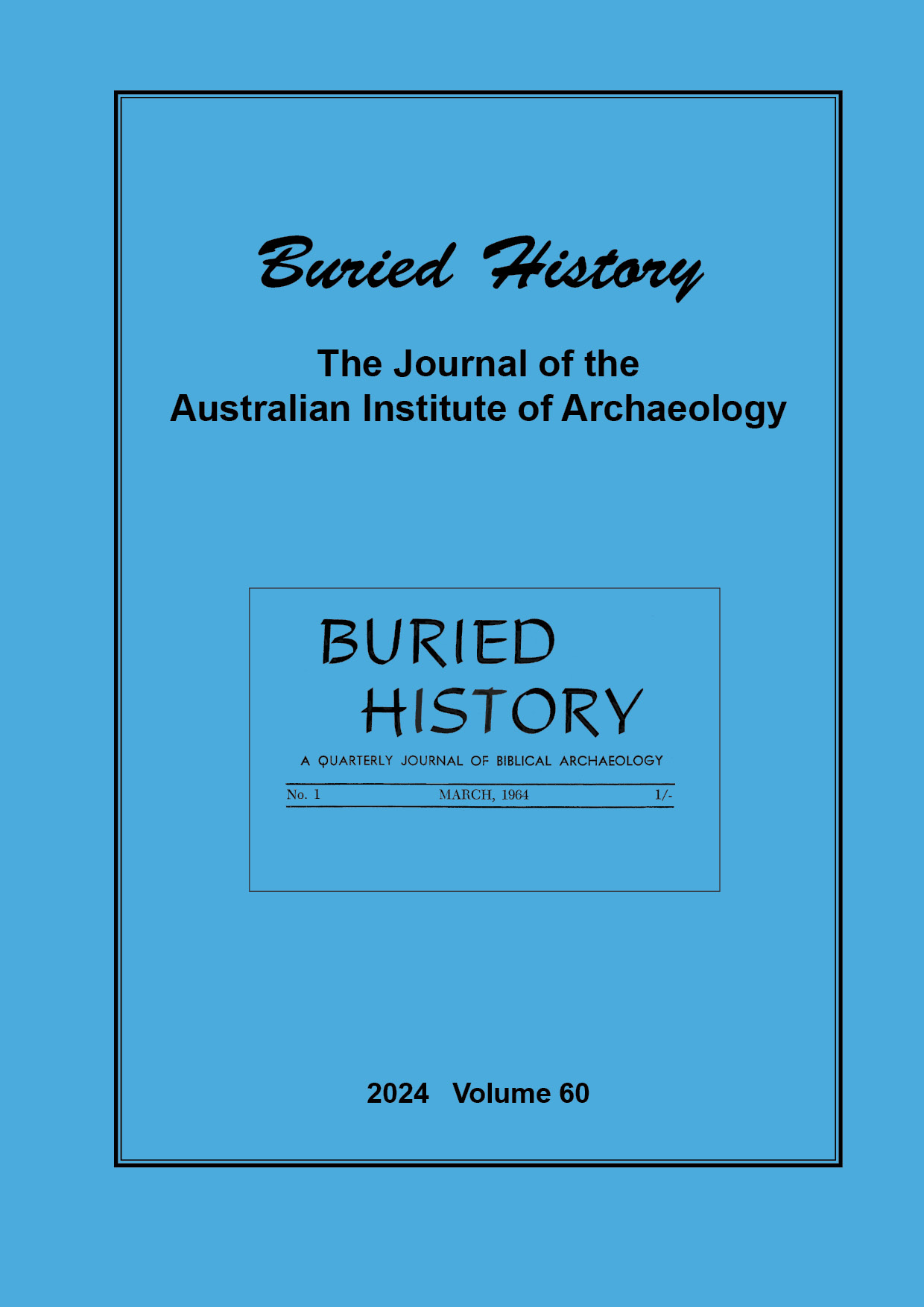The southeast sector of Malta: A gateway for cultural change
DOI:
https://doi.org/10.62614/60jwk372Keywords:
Margaret Murray, Late Neolithic, Borġ in-Nadur, Bronze Age, Tarxien Cemetery,, agricultural fields scars, purple murex dye, Phoenicians, wine tradeAbstract
Margaret Alice Murray was a pioneer for women’s involvement in Egyptology and in archaeology. Due to teaching commitments at the University College London (1898 to 1935), she turned to the Maltese Archipelago as a destination for excavation. Her accounts of work in Malta hold gems of information, and it would be a mistake to dismiss or overlook Murray’s contribution to the early archaeological investigations of the islands. Subsequent decades of fieldwork and research have clearly demonstrated that the southeastern sector
of Malta played a significant role in cultural and economic change through trade and the influx of people from the eastern Mediterranean. This discussion draws on Murray’s work as a springboard for a closer examination of cultural developments in the southeast of the main island of Malta and the archaeological sites in the region.
Downloads
Published
Issue
Section
License
Copyright (c) 2025 Claudia Sagona (Author)

This work is licensed under a Creative Commons Attribution-NonCommercial-ShareAlike 4.0 International License.




